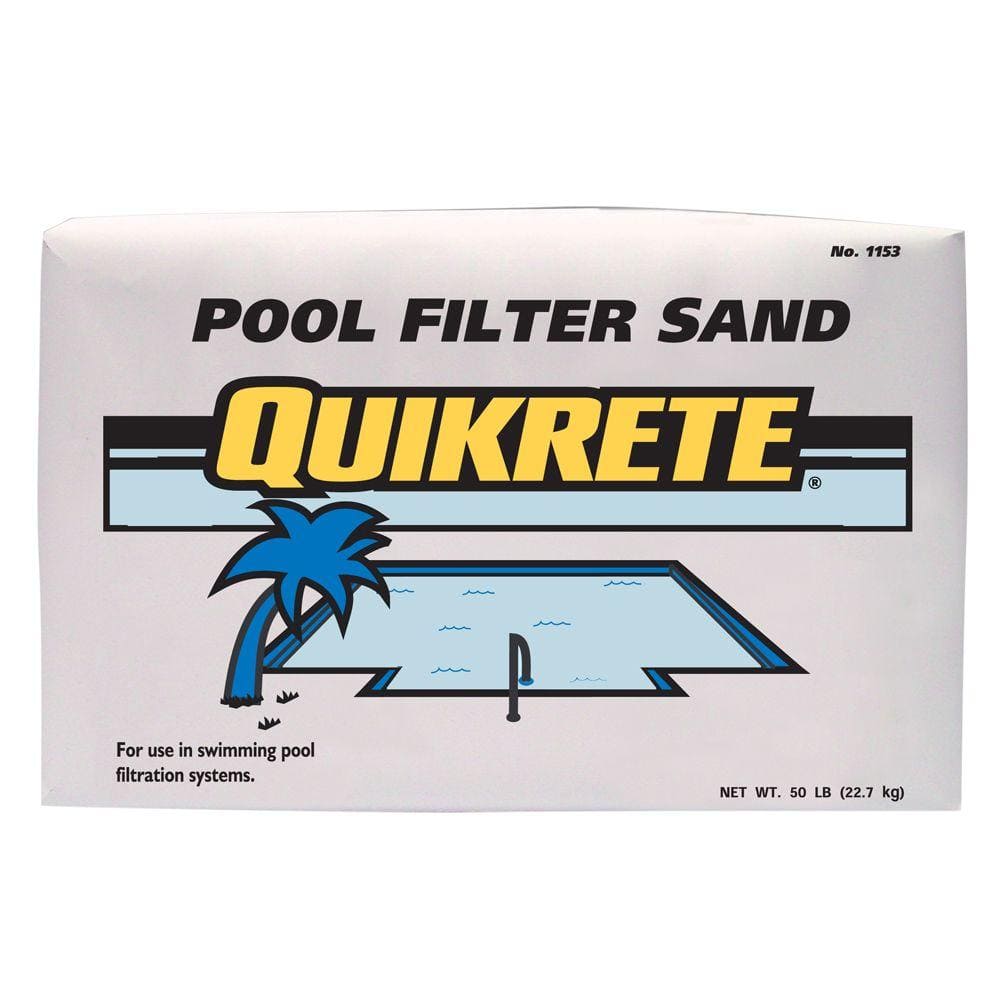Some observations of someone who has gone from pool sand, florite, to aquarium soil, and is now using play sand, QuikCrete brand, as recommended by
@Byron.
First pool filter sand has to be highly cleaned and sorted as to size, imagine what would happen if the sand released dirt into the pool, also if not well sorted the pores would fill with the small grains effectively stopping the filtering action. When viewing the two sands in the microscope the play sand looks filthy compared to the pool sand as well the play sand is very rounded. I just rinsed out the pool sand a couple of times before using it in my aquarium. It worked wellish but the plants did not seem to thrive. My pool sand is nearly 100% silica but I can say I noticed that is caused any issues.
Aquarium soil appears to be compressed rock of some sort, it breaks into many sharp pieces. Additional when it breaks down it settles to the bottom. Having cleaned my first attempt with this product out of my 60 gallon tank just yesterday I would have to say I will never use it again.
Black florite looks nice. I have a five gallon pail on my deck, if you wanted it you could have it, but you will have to come and get it. As
@Byron mentioned it is very abrasive, I wouldn't use it again. Plus given the price it sure takes a lot of cleaning before it is good in your tank. The fish really don't like the stuff. The black florite sand is slightly magnetic which means grains collect on the impeller drive of some filters if you are not careful. I was very unhappy with this product.
Finally the play sand. Again I am using Quikrete sand, as of yesterday, I suspect given the weight of this product I expect much of it is locally sourced. I collected some natural sand from near Buttle Lake on Vancouver Island but the sand is nearly identical in composition to the playsand, and the play sand was more rounded. It took me about 1.5 hours to clean enough sand, 2-55 pound bags for a 18x48 inch base, the sand is the dirtiest product I have used, but after the cleaning it is quite nice. It is not very dark, I thought it was going to be darker. The play sand isn't very well sorted, and in general Quikrete doesn't provide mesh percentages like some of the other manufacturers do, I would take what they say with a grain of salt. Even cleaned there is a high variation of the grain size compared with the pool sand. All that said the play sand is light but settles fast in the tank, I don't worry about sucking it up my filters, like florite.
I have no experience with epoxy sand, if it is a high quality epoxy and the base grains are inert a high quality product should be inert in the water.
Pool Filter Sand on Left, lightly rinsed, Quikrete play sand on the right, highly washed, missing about 30% of the finest material via the washing processes. I wanted to remove the finest grains to facilitate water movement through the sand.
Heavily washed Quikrete Play Sand in tank, 24 hours after adding to tank. All cloudiness is gone after 24 hours. Tank is definitely lighter, my blue stream goby has been digging in it, already moving about 2 cups worth of material, without any issues. Although the grains are angular they have worn edges unlike the manufactured florite and aquarium soil. I like the color far better than pool filter sand. Yes I know the fish in the picture is not a goby

I don't have a goby picture just yet.


